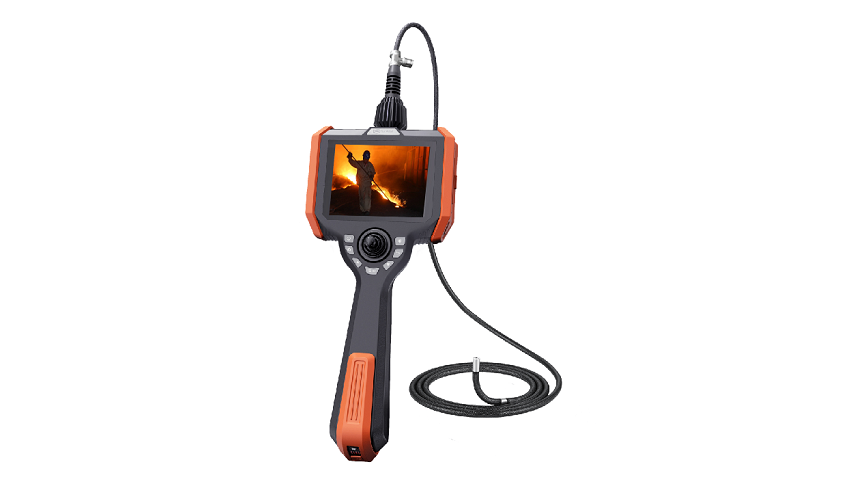Secondary Development of Industrial HD Video Endoscopes: Methods and Techniques
2023-07-25
Industrial HD video endoscopes are essential tools used for inspection, diagnosis, and maintenance of industrial equipment. However, as technology continues to advance, there is an increasing demand for the secondary development of industrial HD video endoscopes. This article explores how to carry out the secondary development of industrial HD video endoscopes, focusing on methods and techniques.
1.Understand the Original Hardware Device:
Before embarking on the secondary development of industrial HD video endoscopes, it is crucial to have a clear understanding of the original hardware device. This includes understanding the structure of the endoscope, sensors, image processing chips, and other related components. Understanding the working principle and performance parameters of the hardware device provides a foundation for subsequent development.
2.Choose the Appropriate Development Platform:
Choosing the right development platform is crucial when undertaking the secondary development of industrial HD video endoscopes. Common development platforms include embedded systems, PC-based development, and mobile development, among others. Based on project requirements and the technical capabilities of the development team, select the most suitable development platform.
3.Develop Image Processing Algorithms:
Image processing lies at the core of industrial HD video endoscopes. By developing and optimizing image processing algorithms, the image quality and performance of the endoscope can be improved. Common image processing algorithms include image enhancement, edge detection, and image stitching. Developers can choose appropriate image processing algorithms based on specific requirements and conduct debugging and optimization.
4.Design the User Interface:
The user interface is a vital component of industrial HD video endoscopes. Designing a user-friendly, intuitive, and easy-to-operate interface enhances the user experience. When designing the user interface, consider the needs of different users and usage scenarios, ensuring usability and reliability.

5.Add Functionality Extensions:
In addition to the basic image capture and processing functions, consider adding functionality extensions to meet the diverse needs of users. For example, add measurement and annotation functions, remote monitoring and control capabilities, data storage and export functionality, etc. Functionality extensions should be designed and developed based on specific requirements.
6.Test and Optimize:
Thorough testing and optimization are crucial after the secondary development of industrial HD video endoscopes. Through testing and optimization, potential issues can be identified and resolved, improving system stability and performance. Testing may include functional testing, performance testing, and user experience testing, among others.
7.Continuous Improvement and Updates:
Secondary development of industrial HD video endoscopes is an ongoing process of continuous improvement and updates. Based on user feedback and market demands, continuously improve and update the software and hardware to provide better products and services. Continuous improvement and updates require the development team to maintain market awareness and technological innovation.
The secondary development of industrial HD video endoscopes is a complex and critical process. By understanding the original hardware device, choosing the appropriate development platform, developing image processing algorithms, designing the user interface, adding functionality extensions, testing and optimizing, and continuously improving and updating, the secondary development of industrial HD video endoscopes can be achieved to provide better products and services.



